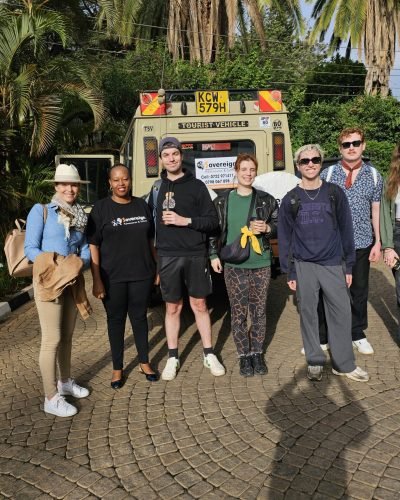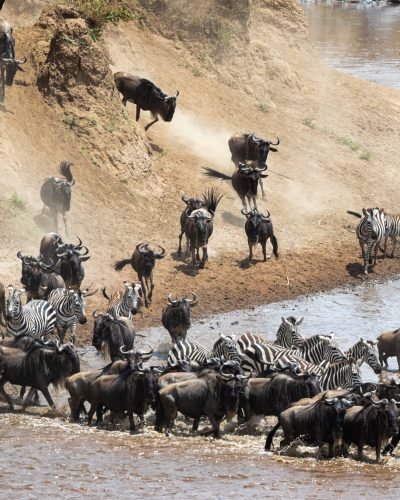Home » National Parks » Kilimanjaro National Park
Kilimanjaro National Park
Experience the awe-inspiring Kilimanjaro National Park, Tanzania's treasure, renowned for its majestic peaks and diverse ecosystems. Traverse through lush rainforests, witness unique wildlife like elephants and colobus monkeys, and engage with the vibrant Chagga culture. Perfect for hiking, photography, and nature enthusiasts. Embark on a remarkable journey in Africa's renowned conservation sanctuary.
Country Located:Tanzania
Ownership Type:Government
Park Type:National Park














